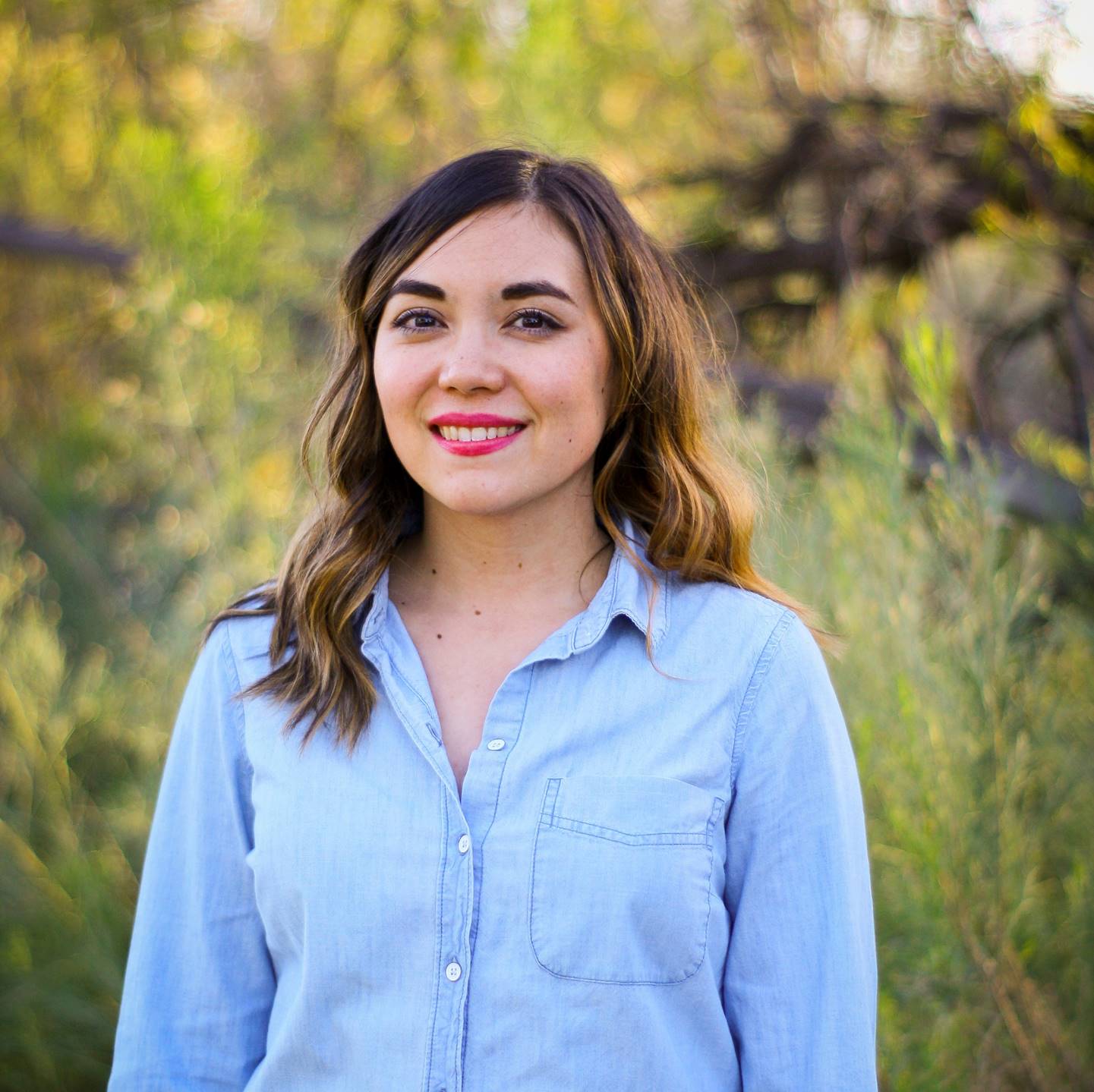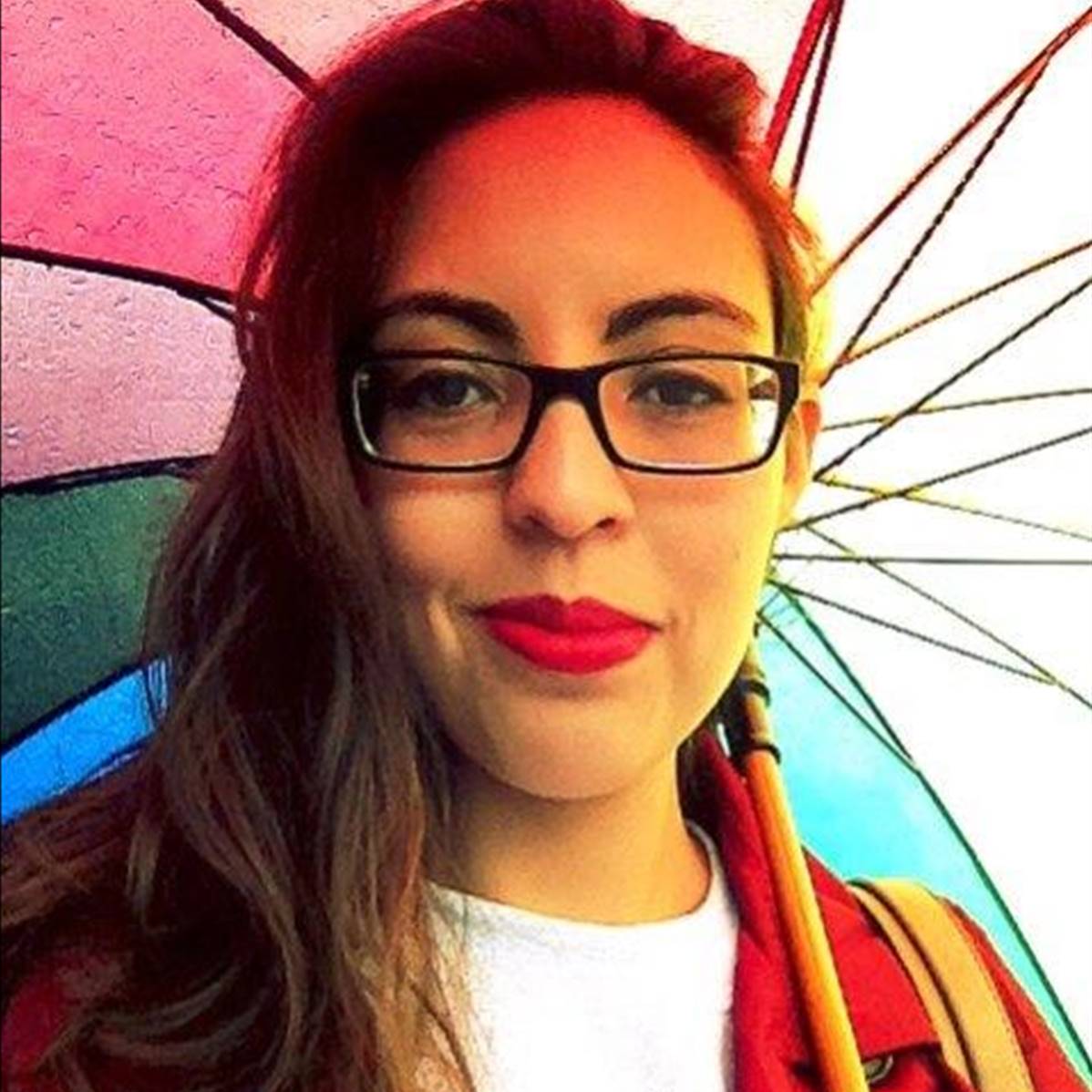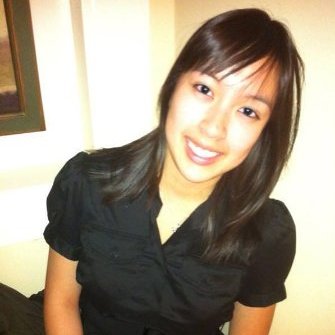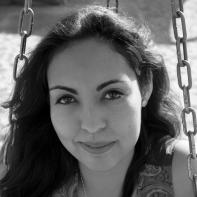Where are they now?
We are so proud of our past and present staff here at Superstition Review, and we’ve decided to celebrate the accomplishments of our past interns throughout the month of April. Each day, we will feature an intern on social media and share what they’re up to now. Then, at the end of each week, we will share a wrap-up post of all our featured interns from that week. So, without further ado…
1. Heidi Nielson: Fiction Editor, Issue 4 (Fall 2009)
April 16: Twitter and Facebook announcements, find Heidi on LinkedIn
 More details: Heidi shares, “Since serving as Fiction Editor at Superstition Review, I’ve explored a couple careers, and finally landed on the law. I am currently a Staff Attorney in the Office of the General Counsel at the U.S. Government Accountability Office (GAO) in Washington, D.C. In a probably surprising way, my experience at Superstition Review and studying English in undergrad really prepared me for law school and my current job. The GAO is an independent, nonpartisan agency that works for Congress. For my job, I frequently conduct legal research, read reports, statutes, and case law, analyze this information, edit, and help draft the reports to Congress that GAO creates. My experience at Superstition Review helped me develop all of these skills. What I love most about my current job is the ability to work in both policy and law and to work on exciting topics that are in the news. I also am happy that my job provides me with great work-life balance (for the legal field) and enables to me still pursue my creative passions. Outside of work, I’m currently obsessed with painting and have been exploring different styles and mediums on my Instagram account (@ccl.creative). Superstition Review was such a great experience for me in college and has really propelled me forward creatively and in my career.”
More details: Heidi shares, “Since serving as Fiction Editor at Superstition Review, I’ve explored a couple careers, and finally landed on the law. I am currently a Staff Attorney in the Office of the General Counsel at the U.S. Government Accountability Office (GAO) in Washington, D.C. In a probably surprising way, my experience at Superstition Review and studying English in undergrad really prepared me for law school and my current job. The GAO is an independent, nonpartisan agency that works for Congress. For my job, I frequently conduct legal research, read reports, statutes, and case law, analyze this information, edit, and help draft the reports to Congress that GAO creates. My experience at Superstition Review helped me develop all of these skills. What I love most about my current job is the ability to work in both policy and law and to work on exciting topics that are in the news. I also am happy that my job provides me with great work-life balance (for the legal field) and enables to me still pursue my creative passions. Outside of work, I’m currently obsessed with painting and have been exploring different styles and mediums on my Instagram account (@ccl.creative). Superstition Review was such a great experience for me in college and has really propelled me forward creatively and in my career.”
2. Sarah Murray: Fiction Editor, Issue 9 (Spring 2012)
April 18: Twitter and Facebook announcements, find Sarah on LinkedIn
 More details: Sarah shares, “I received my MA last year from UC Davis’ Creative Writing Program, and since then I have been writing, working on some stories and poems, I’ve been teaching writing to elementary students, and I’ve been working with Fairy Tale Review as one of their associate digital editors. We just started accepting online submissions for the first time, so I’ve been working a lot on that. Exciting stuff! It is, quite honestly, a dream come true to be working with them; my graduate thesis was on Mexican fairy tales, and I have been obsessed with their publication since I was at ASU. Teaching also has been a dream of mine, longer even than writing, and so it’s a bit unbelievable that here I am, working with kids, and sharing a skill to which I feel so intimately attached. I still do a lot of volunteer work too, with 826LA and with AIDS Walk in both Los Angeles and San Francisco (if you see me at one of the walks, come say hi! I’m usually the one in the bright red lipstick behind the info booth). Right now I am based in Los Angeles again, after bouncing between here and San Francisco, and then living in Davis. Who knows where’s next?”
More details: Sarah shares, “I received my MA last year from UC Davis’ Creative Writing Program, and since then I have been writing, working on some stories and poems, I’ve been teaching writing to elementary students, and I’ve been working with Fairy Tale Review as one of their associate digital editors. We just started accepting online submissions for the first time, so I’ve been working a lot on that. Exciting stuff! It is, quite honestly, a dream come true to be working with them; my graduate thesis was on Mexican fairy tales, and I have been obsessed with their publication since I was at ASU. Teaching also has been a dream of mine, longer even than writing, and so it’s a bit unbelievable that here I am, working with kids, and sharing a skill to which I feel so intimately attached. I still do a lot of volunteer work too, with 826LA and with AIDS Walk in both Los Angeles and San Francisco (if you see me at one of the walks, come say hi! I’m usually the one in the bright red lipstick behind the info booth). Right now I am based in Los Angeles again, after bouncing between here and San Francisco, and then living in Davis. Who knows where’s next?”
3. Mai-Quyen Nguyen: Fiction Editor, Issue 10 (Fall 2012) and Issue 11 (Spring 2013)
April 20: Twitter and Facebook announcements, find Mai-Quyen on LinkedIn
 More details: Mai-Quyen is currently an editor at Isagenix. She shares, “After serving as a fiction editor for Superstition Review, I was a writer intern at Isagenix, a health and wellness company. Originally, I supported the marketing and sales teams by interviewing our distributors, writing and editing their success stories, and helping to create content for a contact management system. From interning through the summer until I graduated from ASU in 2014, my passion for editing evolved. Although I hold a B.A. in English with a concentration in creative writing and a B.S. in technical communication and still love to write, I’ve always loved editing, too. Isagenix hired me full time as a junior editor, and I assisted my senior editor with copyediting and proofreading (and creating, when needed) copy for our corporate blog, websites, print and digital publications, press releases, and sales and marketing tools and flyers. One year later, I was promoted to editor and gained additional responsibilities, including reviewing emails we send out to the field and all of our product labels for our international markets for grammar, accuracy, and spelling, being the final eye as a proofreader for a majority of the content we produce, and creating and maintain a weekly internal newsletter. I’ve also had the opportunity to travel to events in California, Texas, and Canada to edit and proof all the slides and presentations for training and recognition that we provide for our distributors and customers. Attending events and seeing firsthand the success and gratitude of our distributors fulfills me. When I first started ASU, I was pursuing a nursing degree, but I switched over to English because of my love of writing and reading. I’ve always wanted to help people in some way, and are one of the most powerful tools we can use to positively benefit other people’s lives. I hope to publish fiction of my own one day, but for now, I’ve achieved one of my dreams: helping people by editing and providing content they can use, which leads them to helping others.”
More details: Mai-Quyen is currently an editor at Isagenix. She shares, “After serving as a fiction editor for Superstition Review, I was a writer intern at Isagenix, a health and wellness company. Originally, I supported the marketing and sales teams by interviewing our distributors, writing and editing their success stories, and helping to create content for a contact management system. From interning through the summer until I graduated from ASU in 2014, my passion for editing evolved. Although I hold a B.A. in English with a concentration in creative writing and a B.S. in technical communication and still love to write, I’ve always loved editing, too. Isagenix hired me full time as a junior editor, and I assisted my senior editor with copyediting and proofreading (and creating, when needed) copy for our corporate blog, websites, print and digital publications, press releases, and sales and marketing tools and flyers. One year later, I was promoted to editor and gained additional responsibilities, including reviewing emails we send out to the field and all of our product labels for our international markets for grammar, accuracy, and spelling, being the final eye as a proofreader for a majority of the content we produce, and creating and maintain a weekly internal newsletter. I’ve also had the opportunity to travel to events in California, Texas, and Canada to edit and proof all the slides and presentations for training and recognition that we provide for our distributors and customers. Attending events and seeing firsthand the success and gratitude of our distributors fulfills me. When I first started ASU, I was pursuing a nursing degree, but I switched over to English because of my love of writing and reading. I’ve always wanted to help people in some way, and are one of the most powerful tools we can use to positively benefit other people’s lives. I hope to publish fiction of my own one day, but for now, I’ve achieved one of my dreams: helping people by editing and providing content they can use, which leads them to helping others.”
Thank you so much to these interns for their service with us; you are all doing such amazing things, and we’re so proud!





